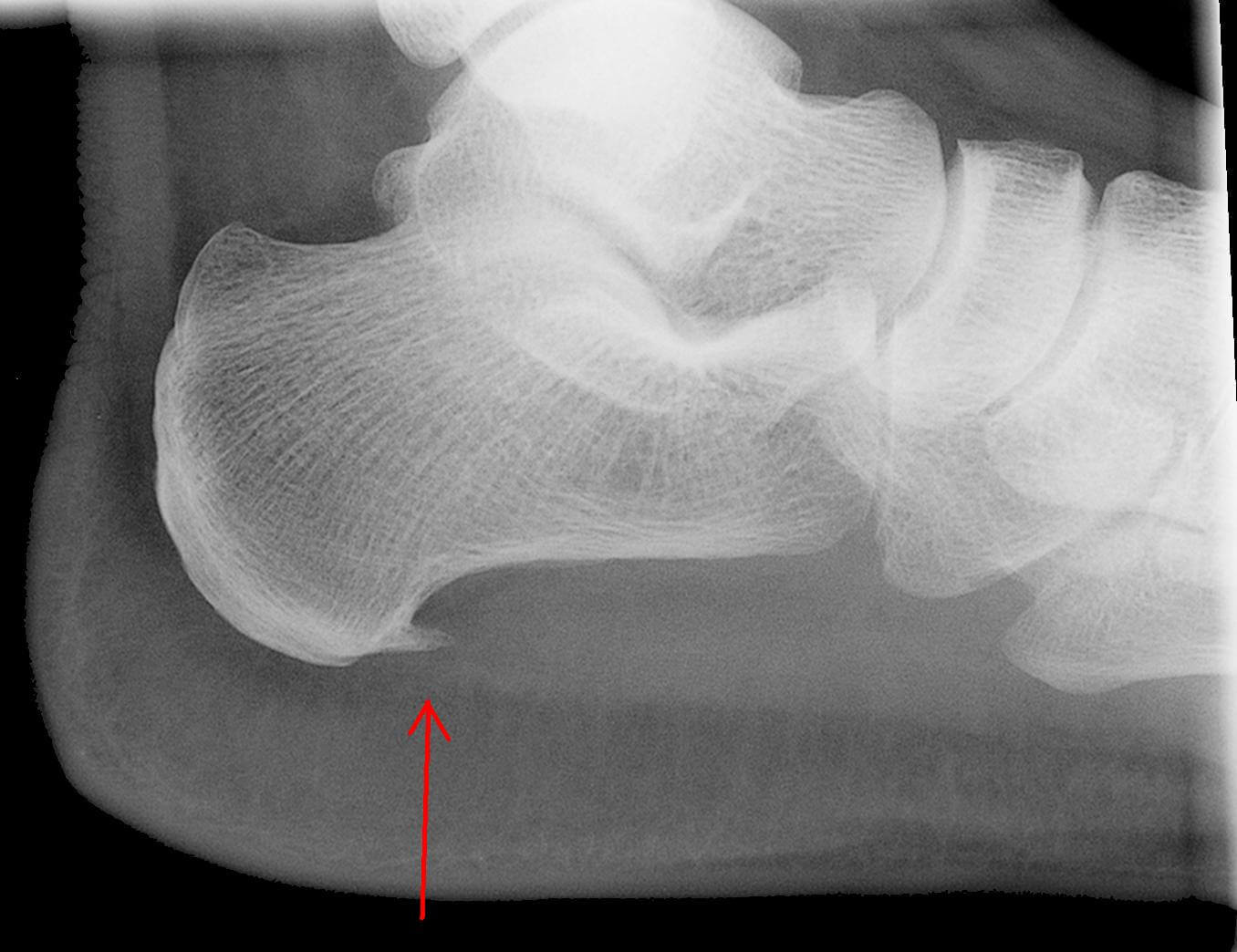Lumbar Epidural Steroid Injection
Lumbar epidural steroid injections are an effective way to treat pain resulting from inflamed spinal nerves caused by a herniated disc, spinal stenosis, or other related conditions where the nerves of the spine become inflamed due to narrowing of the passages where the nerves travel as they pass down or out of areas the spine.
During a lumbar epidural steroid injection, corticosteroids, an anaesthetic numbing agent, and saline are administered into the epidural space (the area between the bones and spinal nerves). Specifically,
- A corticosteroid, such as triamcinolone, methyl-prednisolone, or dexamethasone, is used as an anti-inflammatory agent;
- Lidocaine (also referred to as Xylocaine), a fast-acting anaesthetic numbing agent and is used for temporary pain relief;
- Saline may also be administered as a way to dilute the numbing agent or as a ‘flushing’ agent, chemicals, or other agents that promote inflammation.
The goal of an epidural steroid injection, or ESI, is to reduce pain enough for a patient to resume normal activities and participate in physical therapy. Depending on the severity of the condition causing the inflammation, pain relief stemming from an ESI can last anywhere from a few days to years.
Often Used to Treat:
A lumbar epidural steroid injection creates a significant, powerful anti-inflammatory effect that decreases a patient’s pain, swelling, and discomfort. ESIs do not “treat” or “cure” the underlying lumbar condition, rather they create a break in the inflammation and discomfort while allowing for physical therapy and other treatments designed address the source of the inflammation.
Pain from the narrowing of the spinal passage can be the result of a number of different conditions, including:






Who is a Candidate for a Lumbar Epidural Steroid Injection
Patients with pain in the lower back and/or legs (sciatica) may benefit from lumbar ESI; specifically, those suffering from the following conditions:
- Spinal stenosis, a narrowing in the spinal canal resulting in increased pressure on the spinal cord and the nerves within the spine;
- Spondylolisthesis, A spinal disorder in which a bone (vertebra) slips forward onto the bone below it, compressing the nerve roots and causing pain;
- Herniated disc, irritation, pain, and swelling caused by a problem with a rubbery disk between the spinal bones.;
- Degenerative disc, breakdown as a result of aging of the intervertebral disc that results in bone spurs, collapse of the disc space, and tears in the annulus;
- Sciatica, pain that travels along the sciatic nerve in the buttocks and down the legs.
In addition to helping patients treat and manage the discomfort associated with the symptoms caused by these conditions, ESI is also beneficial in determining whether or not more invasive surgical procedures are a better option for treating pain and discomfort with conditions such as a herniated or degenerative disc.
When symptoms interfere with rehabilitative exercises, lumbar epidural steroid injections can also ease the pain enough so that patients can continue their physical therapy and rehabilitation.
What Happens After a Lumbar ESI Injection?
After injection, the costeroidsteroid in the ESI typically begins to work within one and three days; in some cases, the injection will take up to seven days before patients feel it’s effects.
While rare, some people report an increase in their typical pain and symptoms for a few days following the injections. In most cases, the steroids are administered without incident; if there are side effects associated with the injection, they tend to be mild and include:
- Steroid flush, a temporary flushing of the face and chest that might include a low grade fever),
- Anxiety,
- Trouble sleeping,
- Temporary water retention and/or weight gain.
These side effects are usually mild and will often go away within a few days. Those with diabetes, allergies to certain medications, or other medical conditions should consult with your doctor prior to receiving a lumbar epidural steroid injection.
Success Rates Associated with Lumbar Epidural Steroid Injections
Lumbar epidural steroid injections are generally considered to be a safe and effective treatment option for lower back and leg discomfort. Although not everyone obtains pain relief with ESIs, often the injections can provide pain relief and improved function that last several months or even longer.
ESIs can be safely repeated and administered in tandem with other treatments (ex: medications, physical therapy, etc.) to maximize the duration of pain relief.
While the effects of an epidural steroid injection are often short-term, and last between a week to a few months, an ESI can provide significant relief for those experiencing chronic low back pain and discomfort. In fact, recent research concludes that lumbar ESIs provide relief for over 80% of people experiencing sciatica resulting from a herniated disc; a similar study found that 75% of patients receiving a lumbar ESI experienced significant reduction in pain and discomfort one year after injection.

At 360 Pain Treatment, our mission is to provide compassionate pain relief, restore prior function and activity levels, and optimize the quality of life for all.

360 Pain Treatment aspires to create a culture of care in our communities by helping those suffering with pain to live more pain-free and thus improving their quality of life.

- Compassion for all who are ailing and in need of help.
- Advancement of minimally invasive healthcare procedures that firstly considers patient wellbeing.
- Respect and inclusion for everyone we serve in our communities.
- Excellence and efficiency in all that we do.








